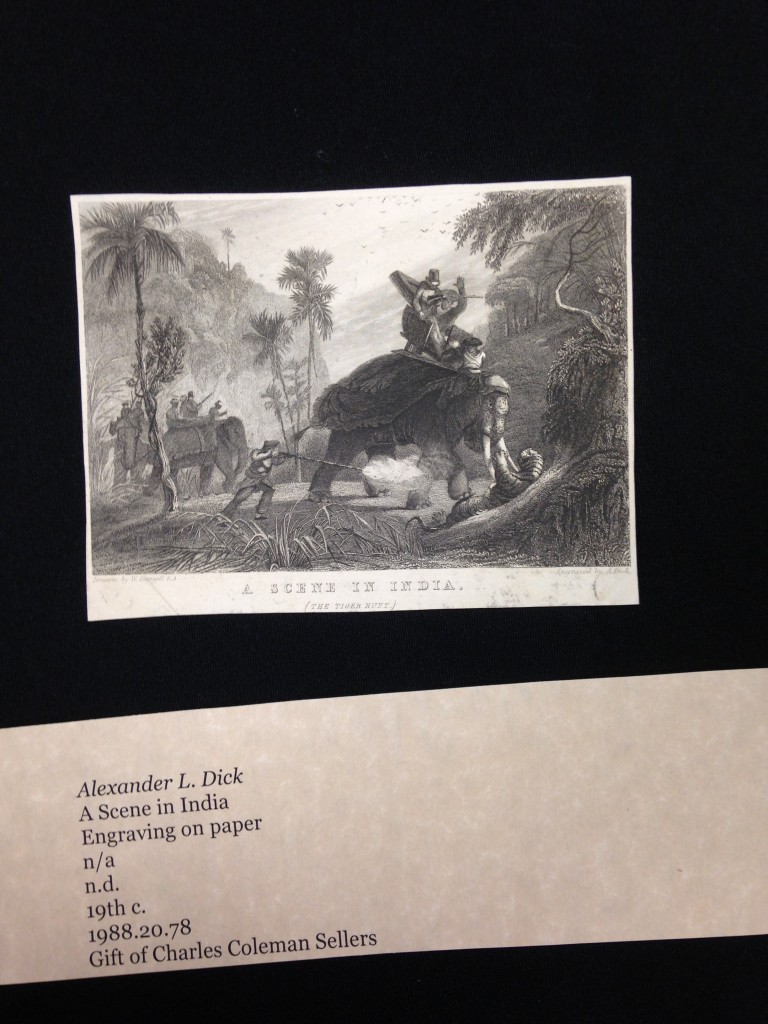While there are lots of bizarre events occurring in The Woman in White, few passages made me feel as downright uncomfortable as the passage where Walter Hartright proclaims his love for Laura. Instead of saying sweet things about the girl he has fallen for, as would be expected, Walter goes on for paragraphs talking about his urges to touch Laura. He states that he “had just enough work to do, in mounting his employer’s drawings, to keep his hands and eyes pleasurably employed, while his mind was left free to enjoy the dangerous luxury of its own unbridled thoughts” (Collins 64). In other words, Walter likes doing his work because it gives him lots of time to think dirty thoughts about Laura, and it gives him something to do with his hands other than struggle to keep them off of her.
He doesn’t talk about any part of Laura’s personality that he finds appealing, instead he discusses the many parts of her appearance that he is attracted to. Walter goes into great detail describing how “the more attentively Laura watched every movement of his brush, the more closely he was breathing the perfume of her hair, and the warm fragrance of her breath. It was part of his service, to live in the very light of her eyes- at one time to be bending over her, so close to her bosom as to tremble at the thought of touching it” (Collins 65). Walter and Laura have barely interacted so far in the story, especially never a heartfelt, meaningful interaction, so I can’t imagine that Walter knows that much about Laura other than what he has observed at face value. Walter’s “love” for Laura is certainly only lust, and it is definitely obsession.
The lecherous way he talks about Laura does not give me warm and loving feelings. Walter even portrays himself in a creepy way when he talks about having to put up a guard to prevent him from the temptation of the “beautiful and captivating women” that his career allows him to be around (Collins 66). Walter, you officially skeeve me out. The more times Walter announced that he loved Laura, the less I believed it. His “love” towards her is actually just extreme sexual desire.
